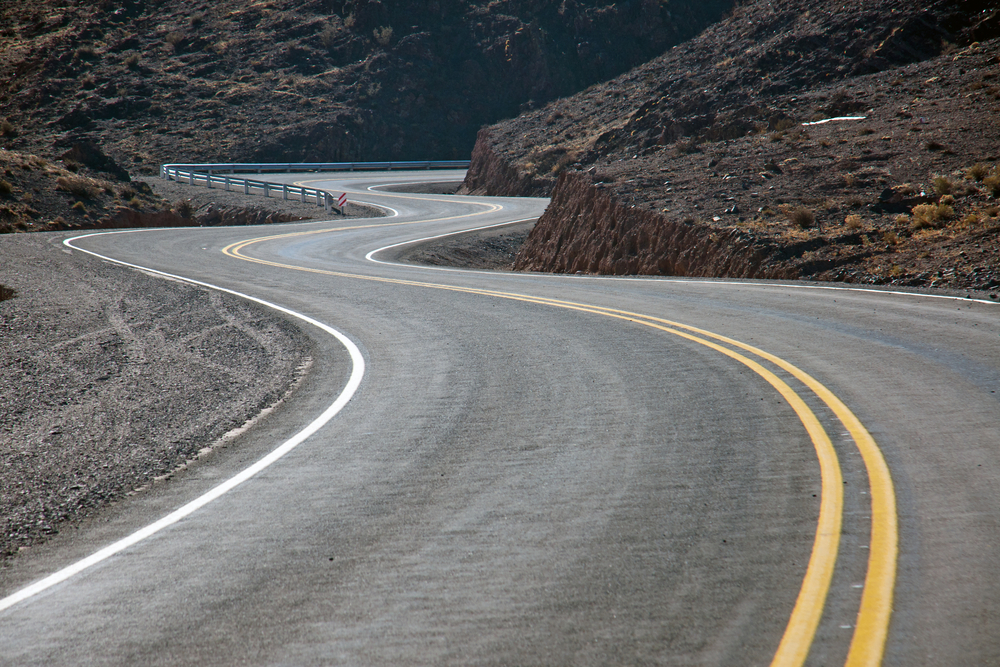We’ve recently encountered a recurring issue on engine-over-speed codes on our Cascadia’s with the DT12 automatic transmission. Here’s a quick reminder message and video from Daimler to help mitigate the occurrence of this fault code.
From Daimler:
The code 1/190SPN/15FMI (Engine Overspeed Warning) is logged when the MCM (Motor Control Module) has detected an engine speed above 2,300 rpm. The maximum allowable engine speed is 2,500 rpm.
When operating in hilly terrain, it is important to note that service brakes are the primary means to slow a vehicle. Engine brakes are secondary, they do not provide precise control of the vehicle and are not a substitute for service brakes.
If internal engine damage was to occur and this fault was present, our warranty would be void, and we would be responsible for the 40k plus dollar mistake to swing an engine. Additionally, if no damage is immediately obvious and the unit goes into a dealer at a later time for “warrantable” engine work and they find this code was present in the recent past, again our claim would be denied and the bill will be paid out of our pocket.
I cannot stress enough the importance of several different facets of why we need to get this in check very quickly. Please be sure to watch the REQUIRED video for additional information by clicking the link below. If you have further questions or concerns please feel free to reach out to the truck shop. Thank you for your dedication, and continued efforts to make us better than we were yesterday.
Video: New Cascadia DT12 Downhill Overspeed Driver Training Video
9 Tips for Truck Driving in Mountainous Terrain
As truck drivers, it’s important to know how to drive safely and efficiently in the mountains or hilly terrain. Here are a few tips from the professionals:
- Start any mountain descent at the proper speed – As truck drivers, it’s important to always be in control of our vehicle. It can be difficult to recover a safe speed if you start down the mountain too fast. This means slowing down, being patient, and using the right gear.
- Pay close attention to your grade – Be aware of the steepness of the incline or decline. Descent grades will be posted below the truck speed limit — be sure to factor in your load’s weight as that makes a difference. Use lower gears when going uphill and higher gears when going downhill. This will help maintain speed and save your brakes.
- Turn on your hazard lights when necessary – If you’re driving slowly or stopped in a dangerous spot, turn on your hazard lights to warn other drivers.
- Use “Descent Mode” in good traction conditions – The descent mode is on, it uses the truck’s engine brakes and puts all the braking into the drive tires. This will help you maintain the speed of your truck maneuvering mountain grades.
- Use light, steady brake pressure in bad traction conditions – When driving in the mountains, be prepared for rain, snow, and ice, and drive accordingly. If the truck starts to skid, use light brake pressure and steer in the direction you want the truck to go. Don’t use engine brakes or cruise control. Use chains if necessary.
- Don’t tailgate – This is always important, especially when trucking in the mountains. You need to have plenty of space to stop your truck if something goes wrong.
- Be ready for curves in the road – When trucking in the mountains, there are often unexpected curves in the road. Slow down before you enter the turn and make sure you have plenty of space to safely navigate through it. Watch for brake lights ahead. When truckers see brake lights, it usually means that there’s a descent or curve up ahead. Be prepared to slow down and use your brakes safely.
- Avoid using heavy, steady pressure on the brake pedal – In the mountains, this can cause your brakes to overheat and not work properly. Use light pressure on the brake pedal instead.
- Use runaway lanes when necessary – If your brakes overheat and you start to lose control of your truck, use a runaway lane to slow down. These lanes are designed to help truckers safely stop their trucks.
In the mountains, truck drivers need to be especially careful when driving. By following these tips, truckers can stay safe and avoid accidents while driving in the mountains.
References
- 7 truck driving tips for mountain roads, Schneider.
- 7 Critical Mountain Driving Tips for Truck Drivers, Smart Trucking.
